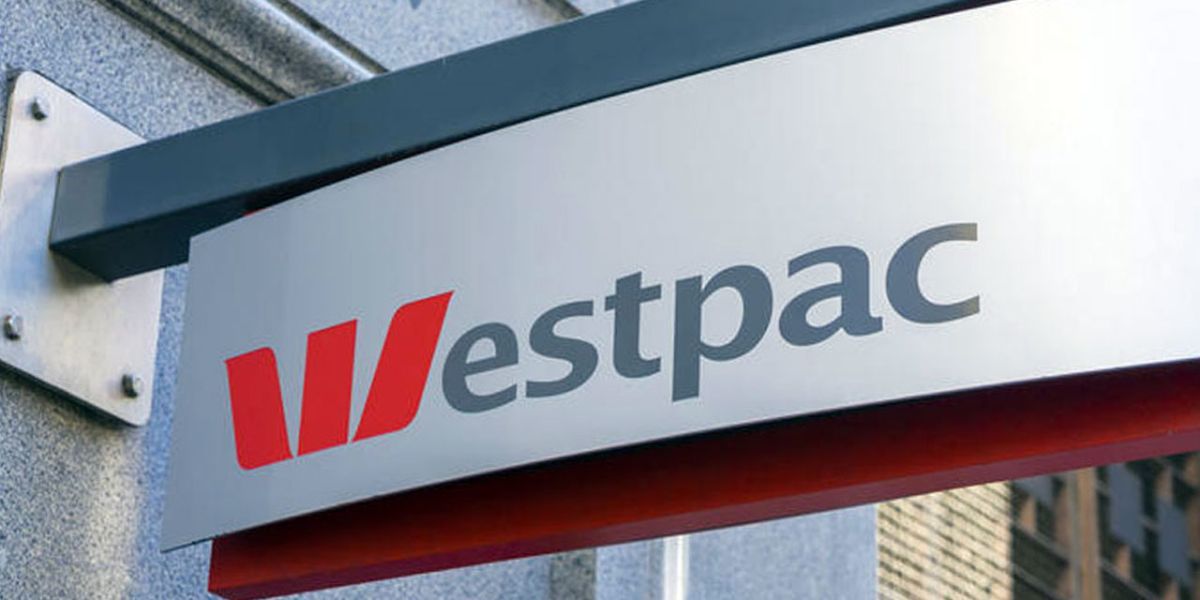Westpac is facing sharp criticism over its newly announced regional banking initiative, with a coalition of regional banks labelling the move a “tokenistic and cosmetic” response that fails to address the deepening crisis facing rural bank branches.
The Regional Banking Investment Alliance (RBIA), a group representing 24 regional banks and stakeholders, has accused Westpac of using its moratorium on branch closures as a smokescreen to cover years of underinvestment in regional Australia.
“Extending the moratorium doesn’t fix anything,” said David Heine, CEO of Regional Australia Bank and spokesperson for the RBIA. “It simply locks in the inequalities that already exist and threatens the viability of banks that have stayed committed to regional communities.”
Westpac has closed 117 regional branches since 2017, according to RBIA estimates, saving around $112 million annually, a figure based on average operating costs of $959,000 per branch. The alliance argues the new moratorium merely cements those closures while doing little to restore access to essential banking services.
“When is a moratorium not a moratorium? When you’ve already closed most of your branches,” Heine said.
Under Westpac’s plan, some towns will see banking staff set up temporary services in council buildings, a model Heine dismisses as inadequate.
“Putting lenders in a council library is like starting a book club — not opening a bank branch,” he said. “People need face-to-face services for complex issues like scam protection, PIN changes, and cash management. These can’t be handled properly in pop-up offices once a fortnight.”
Westpac has also announced a $1.5 million community support package, but the RBIA says the figure pales in comparison to what smaller banks already invest.
“Regional Australia Bank alone spends more than that annually — and we’re only about 3% the size of Westpac,” Heine said.
In response to ongoing branch closures, the RBIA is calling on the federal government to adopt a cost-sharing model that would help sustain face-to-face banking services in the bush. The plan would cost $153 million per year, or just 0.17 per cent of the major banks’ total operating income.
Importantly, the alliance says no public funding would be required. The model would be funded by banks, with eligibility tied to demonstrated investment in regional branch services.
“All banks would have equal access to the fund, provided they commit to a basic level of service in rural and remote areas,” Heine said. “And if they don’t, they should help fund those that do.”
The alliance argues that this model ensures regional Australians don’t lose access to critical financial services — while ensuring big banks who’ve scaled back rural investment still contribute to the broader system.
“Calling it a tax is misleading,” Heine added. “It’s simply about fairness — making sure all banks do their bit.”
Don’t miss any of the important stories from around the region. Subscribe to our email list.

